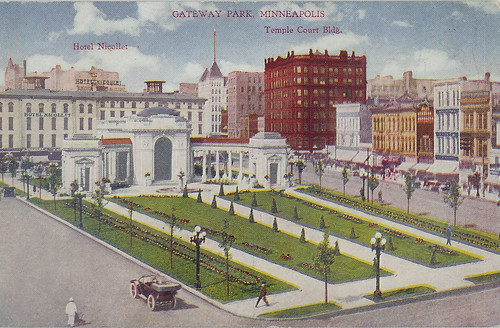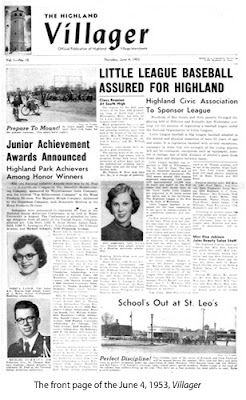 Sidewalk Rating: Walktastic
Sidewalk Rating: WalktasticNow's the time, before summer bakes your soles. On cooler days the flowers smell extra aromatic, and on warm days you can bask in the sunshine.
Why not use this opportunity to walk to the Dairy Queen or Creamy Cone?
<<<>>>
Sesame Street was always about sidewalks...
... and Oscar the Grouch was a homeless muppet.
<<<>>>
 At long last, New York City has closed off Broadway to car traffic for a short stretch.
At long last, New York City has closed off Broadway to car traffic for a short stretch.It's really funny to see these photos of people lounging on black asphalt as it if is a beach or the San Marco plaza in Venice or something.
No, actually, its a freakin parking lot asphalt street, and not very pleasant aesthetically even if there are no yellow cabs running you down and crushing your legs beneath their four tires.
This NYT great architecture review of the space is worth reading;
So far the pedestrian mall in Times Square is marked by little more than a few wobbly tables and metal chairs. A row of orange barriers frames the mall’s northern edge, where a half-dozen police officers patiently redirect traffic heading down Broadway. Workers have scattered a few potted plants across the street’s asphalt surface. (Seventh Avenue, which intersects Broadway at 45th Street, remains open to traffic.)
It's an example of how easy it can be to change space... all it takes is a few orange barels, and *Presto!* you've got a pedestrian plaza.
<<<>>>
A cool map of a Ring Road flower:

All the Ring Roads of the world (e.g. 494/694) put together to create a flower. Who thought of that???
<<<>>>
I like this story about the theater on Nicollet that used to show Triple Espresso for like 10 years... Particularly the part about the marquee, and how it's necessary to enliven the sidewalk.
Even though Triple Espresso isn’t packing the auditorium anymore, locals will notice the marquee lights continue to light up. Christensen decided to light the marquee when 3,000 runners traveled down Nicollet as part of the TC 1 Mile, and now he’s flipping the switch even when events aren’t underway.
“I want this area of Nicollet to be lit up,” he said. “It’s all about making it a fun place for people to come out of their apartments and walk over and see what’s going on.”
This is definitely true. Hennepin Avenue used to be lined with excitement and lights, blinking signs, theaters and advertising. Glance at any of those old photos of DT Mpls Pre-WWII, and you'll see how exciting it must have been.

[Nicollet Avenue's Music Box / Loring Theater in 1945. (Photo fm. MNHS.)]
<<<>>>
My friend Reid Priedhovsky has had some interesting sidewalk related material on his personal website lately. First, there are photos of the sod at the U of MN, which is continually being damaged by the salt they put on the sidewalks during the winter time.

Secondly, these is this awesome city-wide treasure hunt (a "puzzle game") that takes place, where people have to explore around the city and 'collect' sites at different places of interest (including Deja Vu, and the new stadiums).
<<<>>>
Here's a piece of anti-sidewalk tripe from George Will, calling Obama's DOT chief to task for questioning the supremacy of the automobile.
I've never understood why sidewalks have to be politicized? There's nothing inherently right wing or left wing about people walking around and enjoying streets, people, shopping in neighborhoods, etc. In fact, for a party that so glorifies "Main Street" and "small town" America, positions like this do nothing but undermine those very sorts of places.
Maybe its just that a lot of the right wing base drives pickup trucks and lives in the second-ring (sidewalk-less) suburbs? Does it have to be that way?
(For more on this, check out NARP.)
<<<>>>
Great photos of self-reflexive panhandlers on the streets of Minneapolis, courtesy of Mt. Holly.
E.g.:

<<<>>>
Some sidewalk music for you from R&B legend Solomon Burke:
<<<>>>
Three photos for you!
1) The old gateway (fm. SAM)

2) A utility person hole cover in Saint Paul. (Photo fm. Blog about Sarah.)

3) The way in which cities look like motherboards. (Photo fm. Tom Vanderbilt.)





























